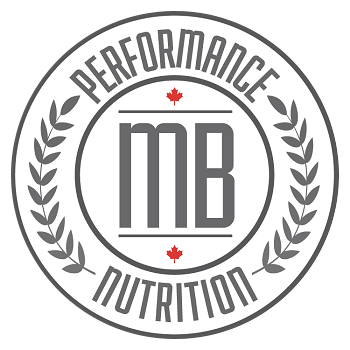Last updated on January 11th, 2024
The Food Marketing Institute recently reported that 71 percent of us are cooking at home more often. As a Nutritionist, that makes me VERY happy to hear! That also means more people are stressing about what to cook for dinner every night.
Naturally, home cooking has fewer calories and more nutritional value than restaurant meals, but are you maximizing your savings or adding to your stress when you eat at home?
The average household wastes 14 percent of the food they buy due to poor planning and waste. If you spend $100 a week on groceries, 14 percent is the equivalent of three homemade gourmet lunches.
By planning your meals, you only shop for the fresh items you need for the week, thus reducing waste and worry. Any extra portions can be labelled with the date and frozen right after you make them so they avoid becoming funky experiments in the back of the fridge.
When you plan meals, make sure to include enough foods from each of the macronutrients (protein, carbohydrates and fat), with special attention to fresh vegetables and fruits for every meal, as well as snacks. Always keep an eye out for sales on products like brown rice, lentils, beans, quinoa and oats so you can stock up and have them as staples for every meal.
Frozen fish, frozen vegetables and even frozen fruit are good to keep on hand for quick entrees, side dishes and smoothies when you haven’t had a chance to buy fresh ingredients.
Meat is definitely the most costly mealtime staple but re-thinking how you use it can be better for your wallet and your waistline. With books like In Defence of Food by Micheal Pollan, it’s becoming increasingly popular to think of meat as a condiment for vegetables as opposed to the meal’s focal point.
Diversify your cooking skills and learn techniques to stretch your food dollar. For instance, braising or slow cooking cheaper cuts of meat is an easy way to save on meat. Or, better yet, swap meat for lentils or beans once or twice a week for even greater savings – and health benefits. Soups, casseroles and salads are all great ways to pepper in a little meat instead of serving it in one big chunk.
The benefits of meal planning are numerous and getting started is surprisingly simple. All you need to do is jot down your meals before you go grocery shopping, know what you have on hand, and write out your shopping list so you buy only what you need. To expedite this process consider enlisting the help of professional menu planners (aka nutritionist) who can take the planning off your plate while teaching you the basics.


